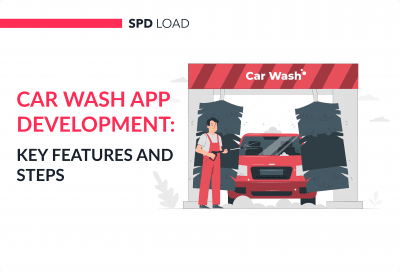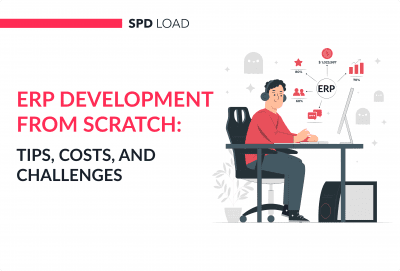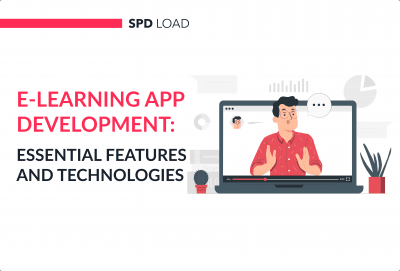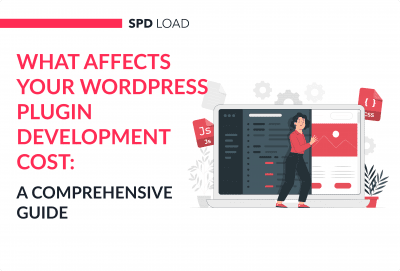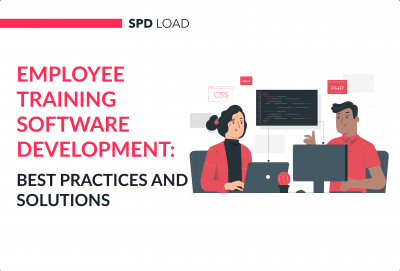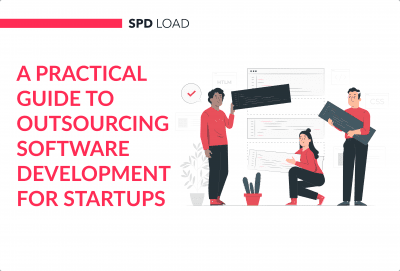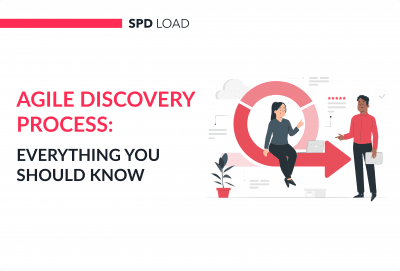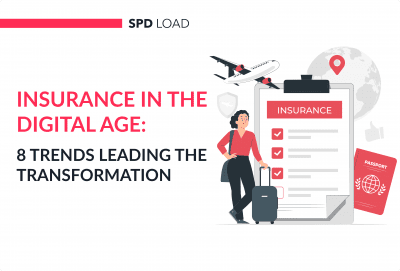Churn Rate Calculator
- Created: Apr 09, 2024
- 4 min
Are you struggling to keep your customers?
Our Churn Rate Calculator is here to help!
Simply input your data to see how many customers you lose over a certain period.
With this insight, you can proactively improve customer retention and grow your business.
What is a Churn Rate?
The churn rate is also known as the rate of attrition or customer churn.
This measures how many customers or subscribers stop using a service or product over a specific period.
Something like measuring how many guests leave a party early.
A higher churn rate means more people are leaving, while a lower churn rate indicates more people are staying.
For example, let’s say a streaming service has 1,000 subscribers at the beginning of the month.
By the end of the month, 50 subscribers have canceled their subscriptions.
To calculate the churn rate, divide the number of canceled subscriptions (50) by the total number of subscribers at the beginning of the month (1,000), then multiply by 100 to get a percentage.
In this case, the churn rate would be 5%.
Learn more about how to start a streaming service in our comprehensive guide.
As a business owner, you want to keep your churn rate as low as possible by improving customer satisfaction and loyalty.
Ready to calculate churn? Then, let’s see how you can do that with our handy tool!
How to Use the Churn Rate Calculator?
Calculating the churn rate for your Software as a Service (SaaS) business is essential for understanding customer retention.
Let’s break it down step by step.
Input the number of users who canceled their subscriptions during the chosen timeframe.
Our churn rate calculator will divide this number by the total number of subscribers at the start of that period.
Then, the result will be multiplied by 100 to express it as a percentage.
Mathematically, it looks like this:
Churn Rate=Total Subscribers StartNumber of Canceled Subscriptions
Suppose you had 500 subscribers at the beginning of the quarter. During that quarter, 20 subscribers canceled their subscriptions.
The churn rate would be: Churn Rate=500/20
Is it a good or bad result?
According to the Baremetrics Academy, a low rate for SaaS companies is 3-5%.
The acceptable rate falls in the range of 5-7%123.
Remember that understanding and actively managing your customer churn is essential for the long-term success of your SaaS business.
Learn which model best suits your business by checking out the ASP model vs SaaS model breakdown.
What is a Good Churn Rate for a SaaS Business?
A good churn rate for a Software as a Service (SaaS) business depends on several factors, including the industry, the stage of the business, and the specific type of SaaS offering.
However, here are some general guidelines:
- SaaS churn rates can vary widely across different industries.
- As of now, the average SaaS churn rate hovers around 5% to 7% annually.
Your churn rate can be higher or lower based on the nature of the SaaS product and its target market.
Early-stage SaaS companies may experience higher churn rates as they refine their product-market fit and attract their ideal customer base.
Established SaaS businesses typically aim for lower churn rates.
Here are some types of churn to be aware of:
- Voluntary Churn
This occurs when customers actively cancel their subscriptions due to dissatisfaction, cost, or other reasons.
- Involuntary Churn
Also known as delinquent churn, this happens when payments fail, or credit cards expire.
- Net Churn
Calculated as the difference between new customers acquired and lost customers (both voluntary and involuntary).
Remember that context matters, and what’s considered “good” varies based on your specific business circumstances. Monitor your churn rate closely, learn from it, and adapt your strategies accordingly.
Get a strategic MVP to mitigate risks.
How to Reduce Churn Rate?
Stopping churn is key to your long term SaaS business success.
Here are practical steps to keep customers and reduce churn:
- Know why customers leave.
Understand why they are leaving. Analyze feedback, find pain points and fix them. Review churn data regularly to spot trends.
- Simplify onboarding.
Create a simple onboarding process. Use welcome screens, interactive tours and tooltips to guide users through their first interactions with your product.
Onboarding is an ongoing process, not a one time event.
- Respond to negative feedback.
When customers give you negative feedback, categorize it and follow up. Fix the issue and prevent further churn.
- Create content
Create a help center within your app. Write blog posts that answer common user questions and pain points. Educate users about your product features and benefits.
- Incentivise loyalty.
Offer incentives to retain customers. Loyalty programs, discounts or exclusive features to keep them engaged.
- Segment users.
Identify at risk users based on behaviour, usage or engagement.
Tailor communication and support to their needs.
- Improve customer support.
Provide great customer service. Respond to queries, resolve issues and keep the relationship positive.
- Monitor usage.
Track how users use your product. Identify unused features and encourage adoption.
Communicate with users through newsletters, updates and personal messages.
- Analyse cancellation patterns.
Know when and why users cancel. Use this to refine your product and fix pain points.
Churn is key as it shows customer satisfaction and loyalty, so you know where to improve and retain customers.
Stopping churn is key to SaaS business success.




